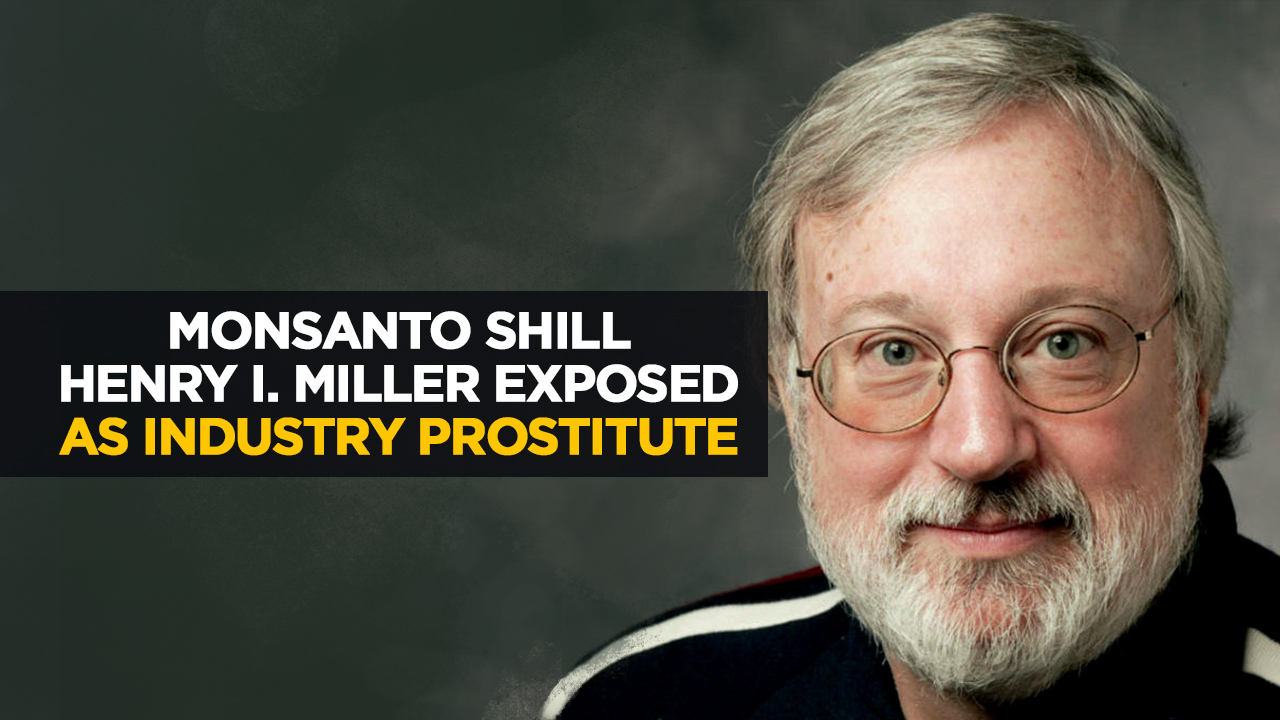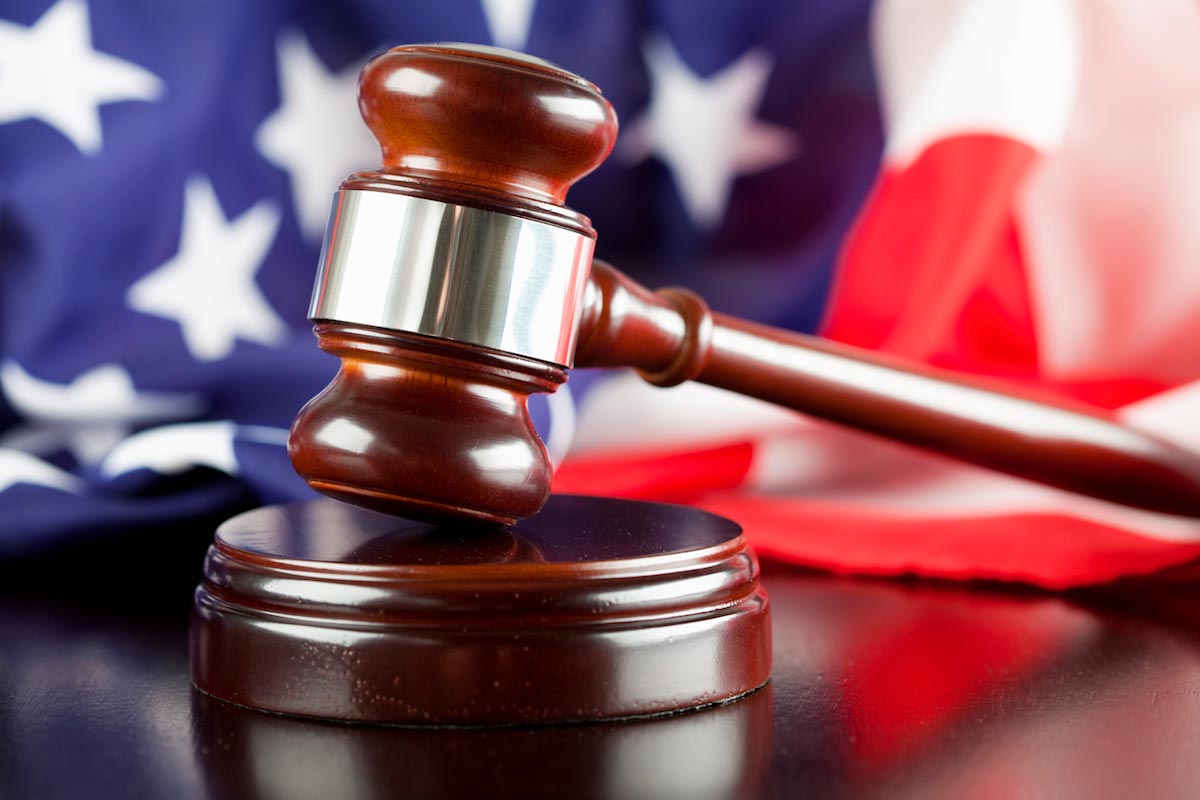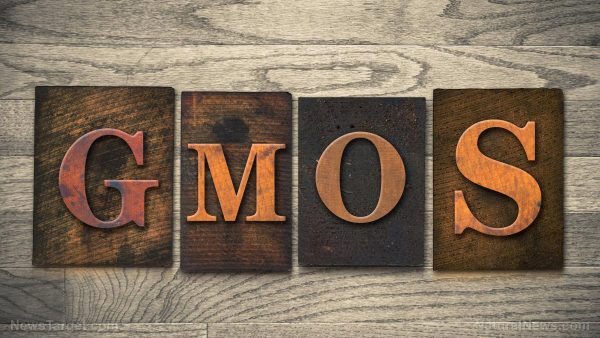Monsanto tries to criminalize saving seeds, drags farmer into court
10/14/2015 / By themonsantomafia

As if its costly genetic tampering with the whole natural world weren’t brazen enough, Monsanto continues to bully and intimidate farmers across the United States, hoping this time to push its agenda through the highest court in the justice system.
The Supreme Court agreed last week to hear an appeal regarding Monsanto’s case against Knox County, Indiana soybean farmer Vernon Hugh Bowman. Monsanto has pursued a lawsuit against the 74-year-old claiming Bowman made unauthorized use of its patent-protected Roundup Ready seeds. Bowman reportedly purchased additional, cheaper seed from a local grain elevator and used it to plant a late-season crop. He repeated this activity over a period of eight years beginning in 1999, continually saving and planting the new seeds generated by the commodity elevator crop.
Though Bowman was saving seeds from only the elevator crop, nature was doing what nature does best. With the Monsanto variety in the 90-percent majority over the other crop on Bowman’s 299-acre farm, it was only a matter of time before contamination occurred. When it did, and Monsanto learned of Bowman’s seed harvesting activities, they sent their well-funded attorneys after him for patent infringement.
Bowman lost his case in the lower courts in 2009 and was ordered to pay Monsanto more than $84,000 in damages and costs. Then came a subsequent decision last year from the U.S. Court of Appeals for the Federal Circuit, which ruled that “once a grower, like Bowman, plants the commodity seeds containing Monsanto’s Roundup Ready technology and the next generation of seed develops, the grower has created a newly infringing article.”
The ruling fully supported the policies of Monsanto, the chemical company that also genetically engineers seeds to be either pesticide-producing (to kill pests, by breaking open their stomachs) or pesticide-resistant (to encourage the spraying of crops with more chemicals). The company prohibits farmers who purchase and grow their genetically modified seeds from saving or reusing the seeds for future planting, thereby forcing those farmers to purchase new seeds each year. It’s a business model that so far has allowed the chemical giant to increase sales of both its Roundup pesticide and its GM seeds, while simultaneously putting small, struggling farmers out of business.
But Bowman’s team would not surrender. Having come this far in a longstanding battle against the biotech giant, he and opponents of genetic engineering hope the Supreme Court will overturn the appellate decision when it hears the case this winter.
Obama Administration pressures court to perpetuate Monsanto agenda
A decision by the Supreme Court on this case could send huge ripples throughout the biotech industry, seriously impacting patents involving DNA molecules, nanotechnologies and other self-replicating sciences. That was the warning from the Obama Administration, in a filing that urged the court not to take the case. It stated that “the incentive to invest in innovation and research might well be diminished” by a ruling against Monsanto that reduced the normal 20-year patent protection term to just one year, or even to a single growing season. The administration advised the justices that it would not be appropriate for them to address the implications of patent protectionism versus traditional farming techniques, stating outright that “Congress is better equipped than is this court” for such a task.
Monsanto agreed with that reasoning, insisting to the court that a decision in favor of the farmer would irrevocably harm its business model and that its “ability to protect its patented technology would effectively be lost as soon as the first generation of the product was introduced into the market.”
But if previous rulings by the Supreme Court are any indication, Monsanto may not have much reason to worry. Lest we forget, it was a 1980 Supreme Court decision (Diamond v. Chakrabarty) that paved the way for the U.S. Patent and Trademark Office to begin granting patents on specific life forms in 1985. Since that time, Monsanto has aggressively sought and acquired more bio-engineering and seed patents than other biotech company. So it makes sense that a decision against them now would upset their idea of balance.
Farmers and freedom-lovers stand up to biotech bully
The legal cat-and-mouse game Monsanto has been playing for years now, targeting roughly 500 farming plantations for investigation and actually filing about 145 lawsuits annually, might finally be turning to bite them in their backside.
As anger builds over Monsanto’s unethical business practices, farmers and community members all over the country are beginning to organize against the biotech giant. In a case that’s currently pending review by the U.S. Court of Appeals for the Federal Circuit in Manhattan, New York, more than 300,000 individuals and 4,500 farms have brought the legal fight to Monsanto’s door step (Organic Seed Growers and Trade Association et al. vs. Monsanto) seeking a ruling forbidding Monsanto to sue them for patent infringement if their crops become contaminated by Monsanto’s GM seed.
In California, the battleground is the November ballot box. Debates are heating up over Proposition 37, which asks voters to decide whether to require labeling of genetically engineered foods. Several health-conscious organizations are working hard to ensure the real information gets to the people. You can support the cause at: http://www.justlabelit.org and http://www.labelgmos.org
Leading the education campaign is the Institute for Responsible Technology, which has, with help from a generous donor, made the new and groundbreaking film Genetic Roulette available for free viewing all week, from October 10-17. Visit (http://geneticroulettemovie.com) to watch and share this amazing and informative film.
Sources for this article include:
http://www.wired.com/threatlevel/2012/10/self-replicating-patents/
http://www.responsibletechnology.org/posts/?p=1412
Tagged Under:

















